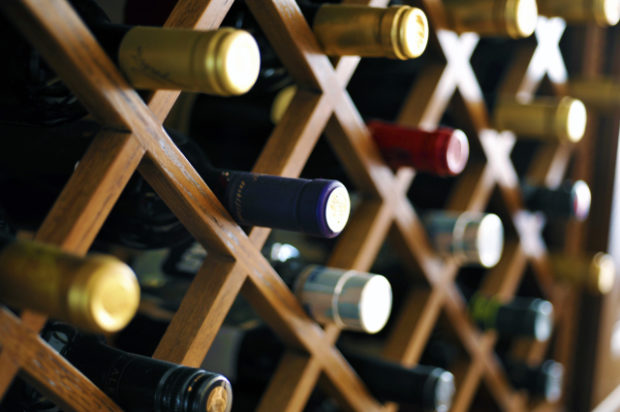Low-alcohol wines, niche varietals, premium wines driving global wine trends — report

Image: Istock.com/yangwenshuang via AFP
A wide-sweeping report on global wine trends reveals how wellness, Millennials and gender preferences are reshaping consumption patterns around the world.
Produced by Wine Intelligence, the report entitled “Global Trends in Wine 2020” looks at how wine consumption habits are influenced by everything from age, gender and geography.
Overall, the report shows that wine consumption is on the decline around the world, and that the biggest cohort of regular wine drinkers continues to be within the 55+ age group. But researchers also noted that it’s younger Millennial drinkers who are driving the premium wine category, spending more per bottle than their older counterparts.
Quality over quantity
When it comes to drinking wine, oenophiles in the United States and China are the most discerning with the highest proportions of premium wine drinkers in the survey, spending more per bottle than other consumers. In the U.S., that means spending typically at least $15 per bottle, while in China, that rises dramatically to 500 CNY ($70). In the same category, the gender split is more pronounced in the U.S. than other countries, with American men more likely to drink premium wine than women (64% versus 34%). That ratio more or less evens out in countries like Canada, Spain and China. Overall, however, men are more likely to drink more expensive wine than women.
Niche varietals
Another interesting trend is that consumers are becoming more adventurous in choosing niche varietals, particularly when it comes to red wine. In Canada, the U.S. and Australia, interest is rising in varietals like Carménère, Gamay, Tempranillo, Pinotage, Grenache and Sangiovese. In the white wine category, Gruner Veltliner is enjoying growing popularity in Australia and the United Kingdom.
Country of origin
There’s one statistic that is particularly notable in China: between 2011 and 2019, consumption of French wines plummeted from 83% to 59%, while wines from California enjoyed a rising interest, growing from 16 to 21%. In South Korea, Millennial drinkers have shown growing interest in wines from Spain, Portugal, Italy and New Zealand.
Alcohol content
In line with growing wellness trends, consumers across the markets are checking labels for alcohol content. More and more consumers in the U.S., U.K., Canada, Australia, Germany and Japan agreed that alcohol content has become important to them when choosing their wines. This is most pronounced in the U.K. In 2007, only 29 percent agreed with that statement. In 2019, that figure jumped to 51%. Hong Kong, Singapore and the Netherlands are among the most conscientious, with the highest percentage of consumers saying they’re actively trying to reduce their alcohol intake (76%, 56% and 56%). Along with low-alcohol wines, sustainable and organic wines are also growing in popularity. JB
RELATED STORIES:
International tourism to plunge up to 30% due to virus, says UN
Parent company of KFC, Pizza Hut, Taco Bell has closed 7,000 restaurants so far